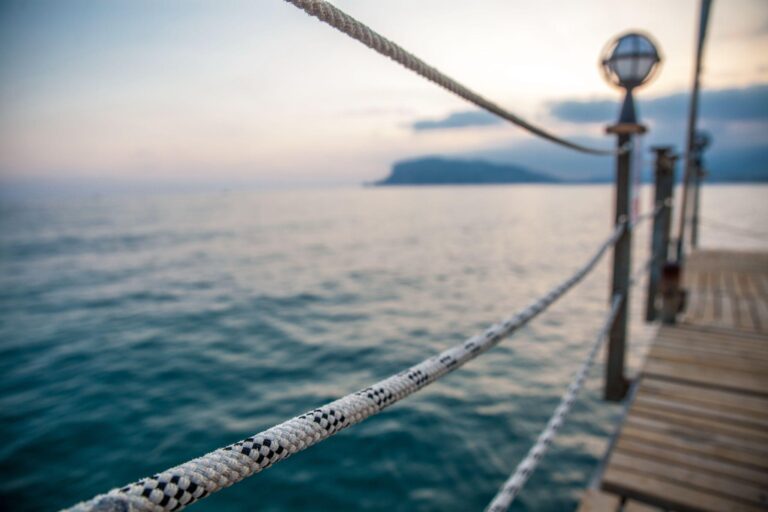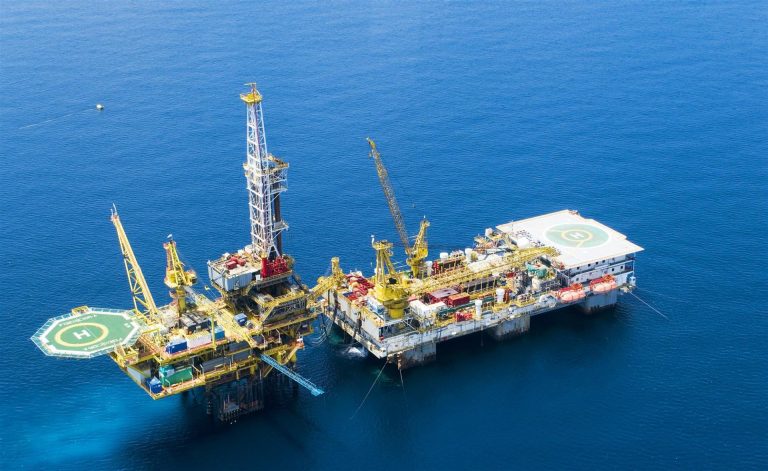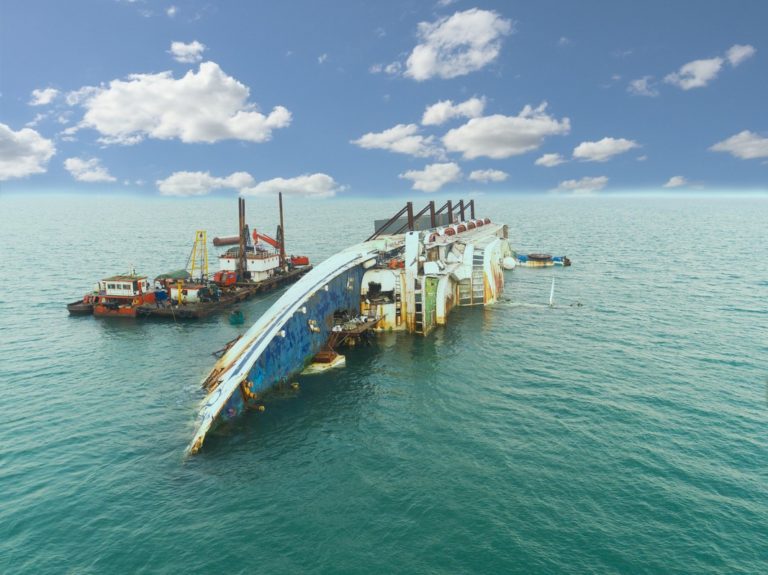The latest information suggests that El Faro, a 40-year-old cargo ship, sunk near the Bahamas on its last voyage to Puerto Rico. As reported by CNN, former crewmembers of El Faro previously expressed concerns that the ship was not fit to sail through a major storm in the region. The crewmembers reported that the ship had problems taking on water and showed signs of other structural problems. They also reported to CNN that El Faro was covered in rust, had holes on the deck, and that the cook’s room leaked water.
El Faro was classed by the American Bureau of Shipping and was required to undergo routine inspections by the United States Coast Guard. Tote Maritime, the company that operated El Faro, insists that El Faro met all applicable standards and certifications.
Allegations of unseaworthiness are a common feature of maritime injury claims. Unseaworthiness does not necessarily mean that a ship cannot sail or be navigated. In the context of maritime injury claims, a ship, such as El Faro, is unseaworthy if the ship, or any of its parts or equipment, is not reasonably fit for its intended purpose. Serious leaks or holes in the deck are just some of the many unsafe conditions that may render a ship unseaworthy. Additional investigation into the condition of El Faro is necessary to determine if the ship was unseaworthy for its last voyage and if its condition caused, or contributed to, the fate of its crewmembers.
All crewmembers deserve a safe working environment. When crewmembers embark on a voyage, they are at the mercy of their vessel and the weather conditions they encounter aboard. Attorneys at Maintenance and Cure have represented hundreds of seamen that have been injured on vessels. In many of these cases, the crewmember’s injuries or fatalities have been attributed to unseaworthy conditions on the ship, such as faulty equipment or inadequate safety gear.







